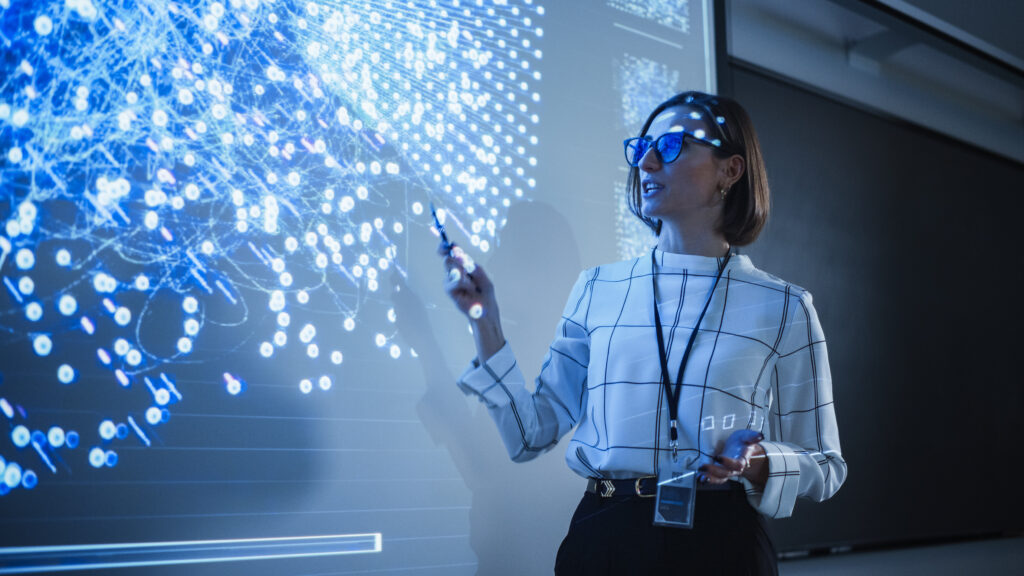The global rise of Artificial Intelligence (AI) and its applications, including Large Language Models (LLMs) and AI-powered tools, has fundamentally changed how we interact with the world (Borger, 2023). This is the case across the world, including Morocco. Rather than simply criticize this technology, educators should explore ways to integrate it effectively into teaching and learning. The ubiquitous presence of AI in daily life from chatbots and social
media algorithms to self-driving cars necessitate its consideration in the classroom to meet the evolving needs of students (Prieto et al 2019).
Traditional STEM education often relies heavily on teacher-centered instruction, with limited opportunities for student engagement and personalized learning. Studies such as (Field-well et al 2008 Acker et al 2009 Plessis, 2019 Khasawneh et al 2021) have shown that this approach can lead to widespread underachievement in science and mathematics, and even contribute to student anxiety and phobia.
Current limitations in STEM education include a lack of engaging activities (Field-well et al 2008), difficulty catering to diverse learning styles (Acker et al 2009 Plessis, 2019), and
insufficient opportunities for practice (Gracin et al 2022). These issues can create a classroom environment where students feel hesitant to ask questions, hindering their understanding and success (Khasawneh et al 2021). Additionally, a significant “technology gap” often exists, with inadequate visualization tools and limited access to technology, further
hindering student learning (Lukumon et al 2021 Khan et al 2023). These challenges necessitate innovative solutions to enhance undergraduate STEM education.


Leave a Reply